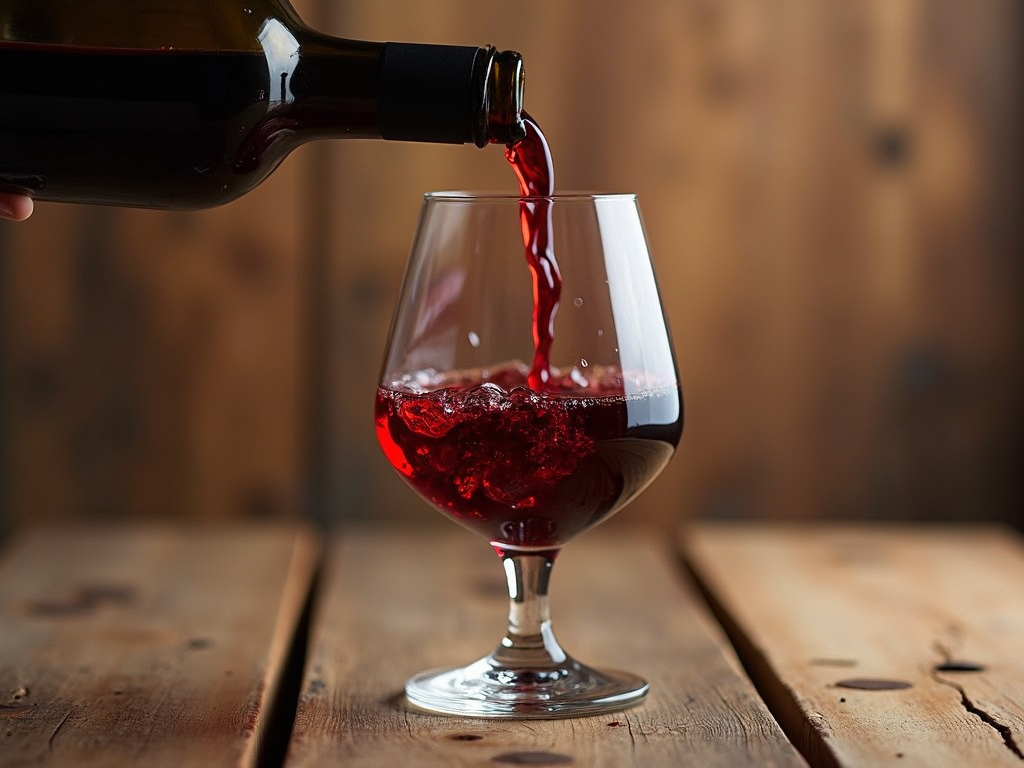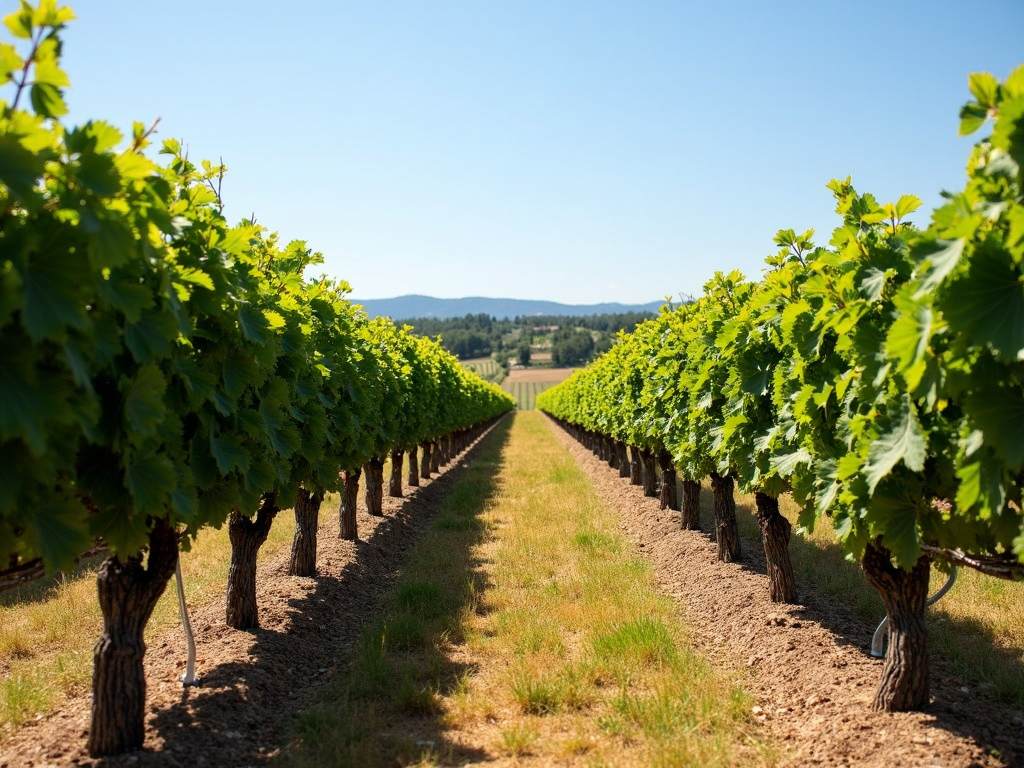Wine Tasting 101: How to Savor Every Sip
Wine tasting is more than just drinking—it’s a way to enjoy and understand wine fully. This guide, Wine Tasting 101: How to Savor Every Sip, teaches you the basics in a simple, fun way. Whether you’re new to wine or want to sharpen your skills, you’ll find helpful tips here, including insights from Jackson Family Wines.
Why Wine Tasting Matters
Tasting wine lets you notice flavors, smells, and textures you might miss otherwise. It’s like unlocking a secret code in every glass. I remember my first tasting—nervous but excited, I learned to slow down and enjoy each moment. Let’s dive into how you can do the same.

Step 1: Look at the Wine
Start by looking at your wine. Hold the glass up to the light. Check its color and clarity. A young red wine might be bright purple, while an older one could look more like brick. Swirl it gently—those streaks, or ‘legs,’ show how much alcohol or body it has.

Step 2: Smell the Wine
Next, smell it. Swirl the glass to wake up the aromas, then take a good sniff. What do you notice? Maybe berries, flowers, or even a hint of spice. Once, I smelled fresh apples in a white wine—it surprised me how vivid it was. This step sets up the taste.

Step 3: Taste the Wine
Now, sip it. Let the wine sit on your tongue for a moment. Is it sweet? Sharp? Smooth? Feel its weight—light or heavy? I love noticing how flavors shift as I taste. A good wine feels balanced, with no single part overpowering the rest.

Step 4: Feel the Finish
After swallowing, focus on the finish—the taste that stays with you. Does it linger pleasantly or fade fast? A great finish can make a wine unforgettable. I once had a red wine where the berry taste stuck around for ages—it felt like a bonus.

Key Wine Words to Know
Wine has its own language, but don’t worry—it’s easy to learn. Here’s a quick list:
- Body: How heavy the wine feels—light, medium, or full.
- Tannins: That dry, grippy feel in red wines from grape skins.
- Acidity: The zing that makes your mouth water.
These words help you describe what you taste.
| Term | What It Means |
|---|---|
| Body | Light, medium, or full feel |
| Tannins | Dryness from grape skins |
| Acidity | Crisp, tart sensation |
This table keeps it simple for quick reference.

How to Read Tasting Notes
Tasting notes describe a wine’s smells and flavors. They’re like a sneak peek before you sip. Jackson Family Wines tasting notes, for example, might say, “Bright cherry and oak aromas, with a smooth, fruity taste.” Look for words you like to pick wines you’ll enjoy.

Spotlight: Jackson Family Wines
Jackson Family Wines stands out among wine brands for its quality and care. They make over 40 different wines, each with detailed tasting notes to guide you. I’ve tried their Pinot Noir—its earthy taste felt like a walk through a forest. Their focus on sustainability makes every sip feel good, too.

Tips to Make Wine Tasting Better
Want to level up? Try these:
- Use a glass with a wide bowl to swirl easily.
- Keep reds at room temp, whites cool.
- Pair with snacks—cheese with reds is my go-to.
- Jot down what you taste in a notebook.
Small changes make a big difference.

Wrapping Up
Wine tasting is a fun way to explore new flavors and enjoy every sip. With Wine Tasting 101: How to Savor Every Sip, you’ve got the steps to start—look, smell, taste, and feel the finish. Practice a little, and soon you’ll taste wine like a pro. Grab a glass and dive in!
